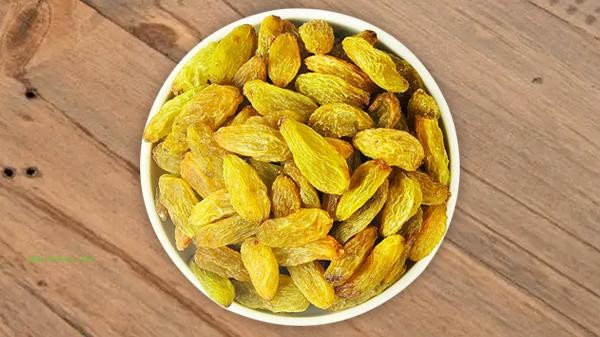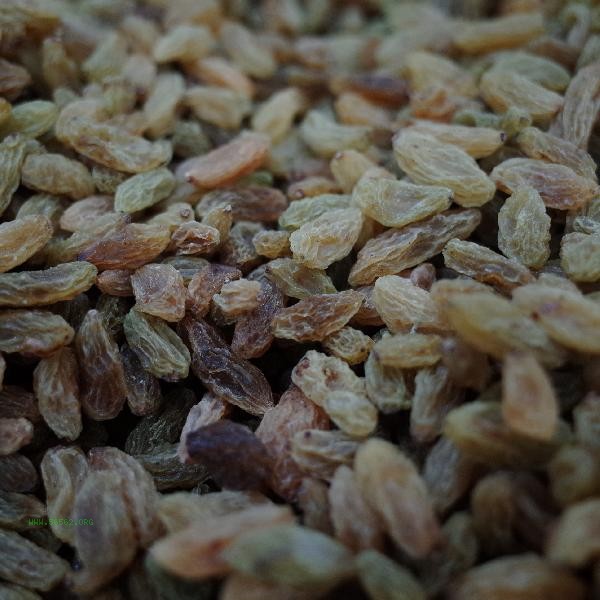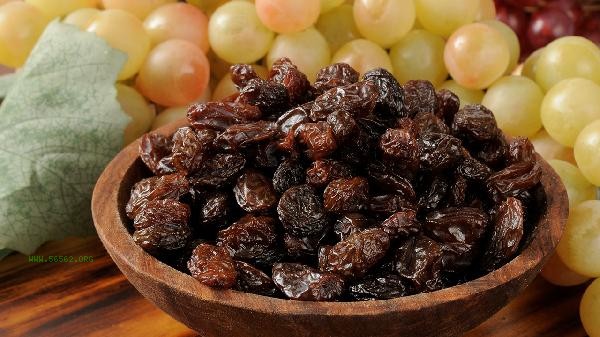Raisins are more suitable for refrigeration storage, as freezing may cause a hardening of the taste or loss of nutrients. The storage method of raisins is mainly affected by factors such as humidity, oxidation rate, sugar crystallization, microbial growth, and shelf life. Raisins have a high sugar content, and refrigeration can effectively inhibit microbial growth while avoiding excessive sugar crystallization. The temperature in the refrigerator compartment remains stable at around 4 ℃, which can extend the shelf life and maintain the soft and moist texture of raisins. It is recommended to use sealed cans or bags to isolate the air during short-term storage to prevent moisture absorption and clumping. If white frost is found on the surface, it is a normal occurrence of sugar analysis and does not affect consumption. Freezing can cause the internal moisture of raisins to form ice crystals, which can lead to problems such as dryness, hardness, and adhesion after thawing. Long term freezing can also lead to the loss of some water-soluble vitamins such as vitamin B group and a decrease in the activity of antioxidant substances such as anthocyanins. If it needs to be stored for more than six months in special circumstances, it can be divided into small portions and frozen. The room temperature should be slowly warmed before consumption, but the flavor and taste may decrease.

When storing raisins in daily life, attention should be paid to avoiding light and moisture. After opening, try to consume them within two months. When paired with oats and yogurt, they can be taken out in advance to restore room temperature and avoid low temperatures affecting digestion and absorption. Special groups such as diabetes patients need to control the single intake, and it is recommended to choose natural drying raisins without added sugar.










Comments (0)
Leave a Comment
No comments yet
Be the first to share your thoughts!